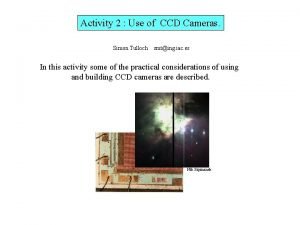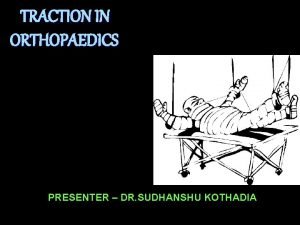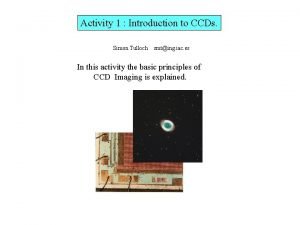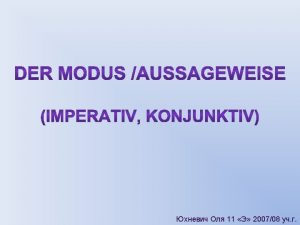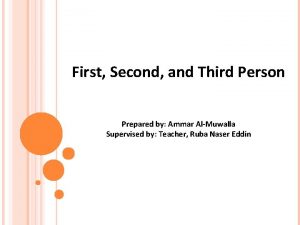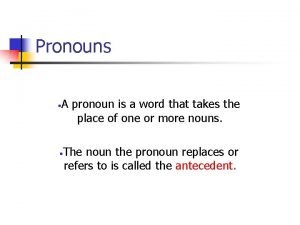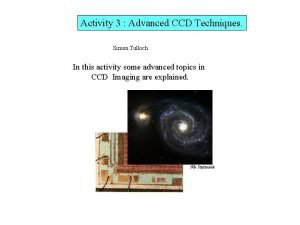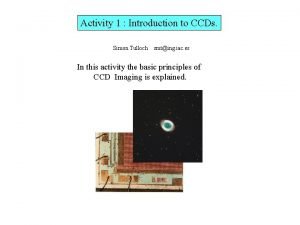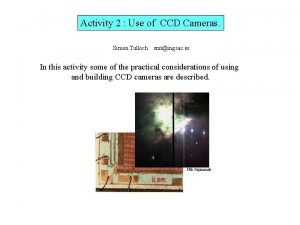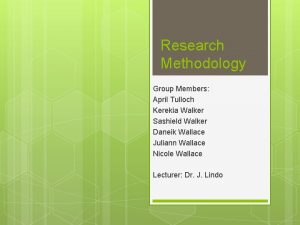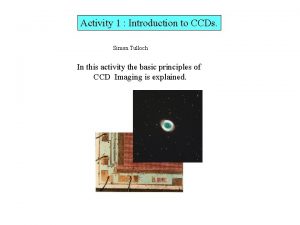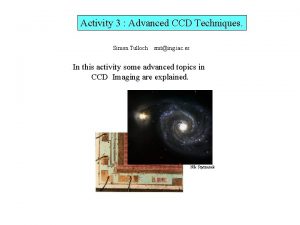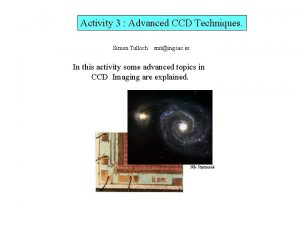PERSON TO PERSON Gizelle of the Tulloch family















- Slides: 15

PERSON TO PERSON Gizelle: of the Tulloch family


Person to Person One of the five relationship models • We have been looking at Petruska Clarkson’s five therapeutic relationship models. So far we have looked at The Working Alliance, Transference and Countertransference, The Developmentally needed/Reparenting relationship and today I will be presenting the Person to Person relationship.

Person to Person is also known as: • The “Real” therapeutic relationship • I-You or I-Thou relationship (not I-It) Buber • Core conditions - Empathy, Congruence UPR - Rogers

Person to Person Definition • The Person to Person relationship is the dialogic relationship. It concerns the authentic humanness shared by client and therapist. (Clarkson) • Profound healing force which was deeply significant and unavoidable (Freud) • The foundation of building the interpersonal alliance between two people (Rogers) • The human to human relationship which is genuine, real and also the underlying foundation of all the five facets (Gizelle)

The Relationship • Important beginning with non-verbal communication • Counselling and Psychotherapy relies on building a human connection with clients where a deep level of trust is established • Research has shown that it is significant for the client to experience the person to person relationship whatever modality therapist is trained to use

The Relationship • The core or a real emotional connection • Mutual participation in the process where each is changed by the other • The real person within therapist is not totally excluded from the effect/influence of the conditions of therapy • When you find the person behind each others defences - Guntrip • A genuine experience of relationship centred around the hear and now - Fairbairn

Establishing Relationship • Poor relationship from the start will have repercussions for the rest of the relationship • Appropriate expectations • Organismic need to repair wounds from the past to enhance future growth, development and resilience. • Psychotherapists sense of authentic self based on past experiences and feedback • Luck element

Self-disclosure • Book: Client doesn’t know left from right. Therapist shows client scar on leg which they used as child to help them decide which side was left or right • Therapist judged it to be appropriate and timely to trust the client with a sense of shared personhood and became siblings in discovery • The moment was unforgettable, bonding person to person

Self-disclosure (con’t) • I thought it was inappropriate (Supervision) • Can display hostility or seductiveness • Therapist could have found another way to self-disclose (use hand they writes with to help them remember. ) • Requires skills, knowledge and the greatest care as the potential for careless and destructive use is great.

Self-disclosure (con’t) • Some clients initiate self-dislosure which could mean they are cut off from their own needs • Greater self-disclosure is possible as the psychotherapy proceeds

Management • Client may consider therapist as a friend • Client 1 - Final session passing time in session to say ‘bye’ • Client 2 – Final session ending in developmentally needed stage which may happen outside therapy room

Management (con’t) • Separate whilst still in therapy, leave therapy in order to separate (could happen years later) or may separate with next therapeutic relationship • eg. Client wept when they realised therapist was another human being - Could be experienced as a loss

Difficulties • To write about subtle levels of person to person relationship • Not easy to find examples of the subtle exchanges which makes it difficult to teach • Lack of training where person to person is concerned • Expectation with idea that we know what it is all about

Bibliography • www. lifeforce-centre. co. uk • www. counselling tutor. com • Clarkson, P. 2003. Therapeutic Relationship. Second Edition. Whurr Publishers. London: England.
 Simon tulloch
Simon tulloch Simon tulloch
Simon tulloch 5 principles of traction
5 principles of traction Simon tulloch
Simon tulloch Dr brian tulloch
Dr brian tulloch 1.person singular
1.person singular Whats third person
Whats third person Person person = new person()
Person person = new person() Reflexive pronouns
Reflexive pronouns Tỉ lệ cơ thể trẻ em
Tỉ lệ cơ thể trẻ em Tia chieu sa te
Tia chieu sa te Các châu lục và đại dương trên thế giới
Các châu lục và đại dương trên thế giới Thế nào là hệ số cao nhất
Thế nào là hệ số cao nhất Sơ đồ cơ thể người
Sơ đồ cơ thể người Tư thế ngồi viết
Tư thế ngồi viết đặc điểm cơ thể của người tối cổ
đặc điểm cơ thể của người tối cổ

